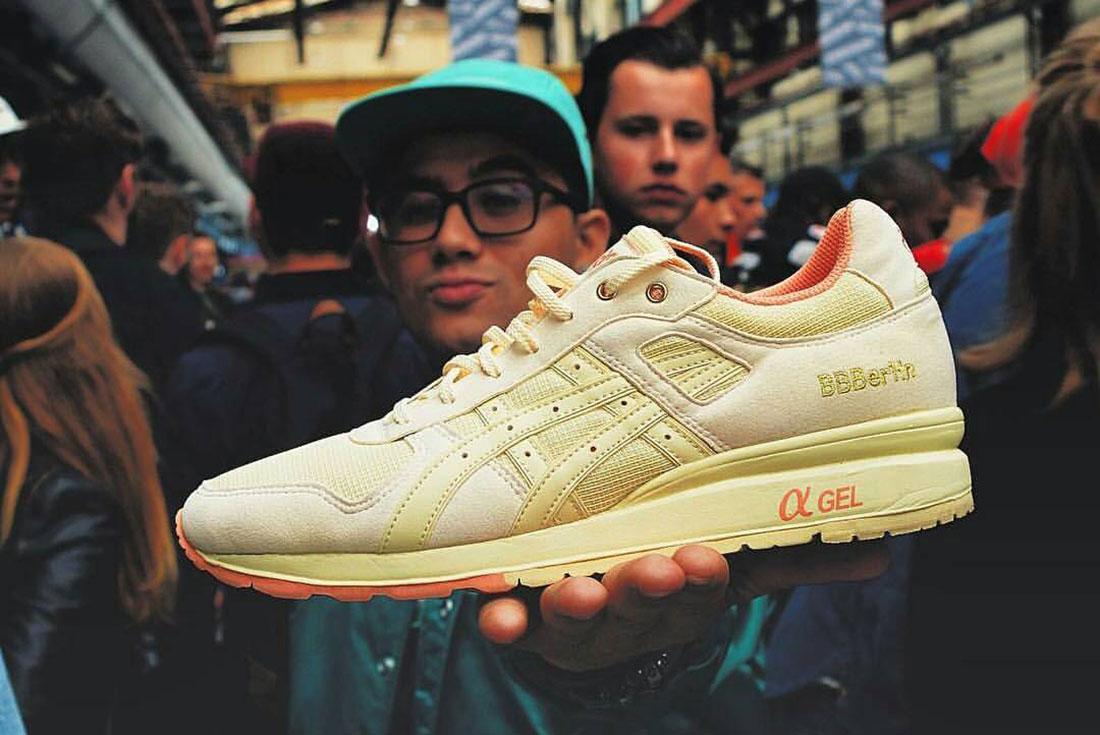Why Region-Exclusive Sneaker Drops Are Fun
It can be quite frustrating not being able to access some of your favourite Netflix shows because of pesky geo-blocking. That can be easily overcome with VPNs, but it’s a bit more challenging when it comes to sneakers. However, it’s all part of the fun.
The practice of certain stores, countries and areas selling product that can’t be bought anywhere else has existed pretty much ever since the retail industry existed. We’re talking ancient times, where regions would be renowned for a particular industry or product. And it’s the same with sneakers.
